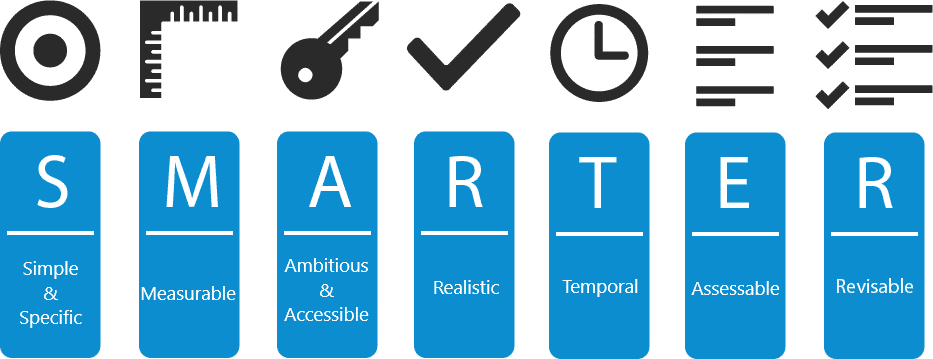Operational excellence thanks to different lean
Achieving excellence is everyone’s dream… But what about operational excellence for companies?
By involving operators in the perpetual improvement of the operation of a company or plant, operational excellence can be achieved and thus companies and plants will gain in competitiveness and agility in the markets.
It’s on human capital that the optimization and innovation levers are based. The establishment of a “collective intelligence” must be accompanied by a “change management” process
Companies need to complement this internal process with technical skills in:
- Supporting their digital transformation with innovative solutions
- Designing test and “Proof of concept” phases to optimize digital transition
- Training future users in a digital visual management solution
This excellence is implemented thanks to lean adapted to different professions.
Lean IT
The aim of lean IT is to improve the performance of IT Systems Manager, in other words, the operational and financial efficiency of IT Security processes and more particularly production, studies and sourcing.
Some examples are:
- Align IT Security organization with business issues
- Strengthen the managing culture through performance, risk management and continuous improvement to increase credibility and give more transparency to business lines and highlight IT Security’s ability to create value
- Demonstrate the human capital of the IT department, structure and enhance management know-how in order to optimize the distribution of work according to the skills of each
Lean Engineering
Lean Engineering aims to optimize design, development and production processes of new products or services.
It therefore relies on R&D, design office, engineering, industrialization, as well as manufacturing, quality, marketing and supply chain.
He must therefore answer the following questions:
- How can we reduce the time it takes to put a new product on the market?
- How to prioritize work dynamically on an engineering platform?
- How to control the costs of designing a new product?
- How to develop the innovation process in the company?
- How to optimize production ?
- How to reduce waste in a development process?
- How to boost team operational excellence?
Lean Office
Value-added tasks account for 10-20% of processing times. With lean office, we focus on 80% of the time wasted in order to gain productivity, control processing times, optimize expenses and reduce development times.
Each employee can increase the value of their work by defining a realistic target with a SMARTER objective.

You define an ideal target that you bring to a realistic target. You then have an ambitious and attainable objective, detached from the constraints of existing processes.
Your knowledge of company’s functions allows you to quickly identify your challenges and performance levers.
Lean Finance
Lean finance helps the Finance Department and frees it from tasks with no added value, to refocus on management and decision support to the business lines.
The objectives are to:
- Optimizing the organisation of Finance functions
- The reliability and acceleration of production of financial information and the closure of accounts
- Optimization of financial operations within a specific scope (Procure-to-Pay, collection, etc.)
- Optimization of budget processes and forecasts
Lean answers essential questions about priority clients and their critical needs (quality, time, cost) by highlighting processes, means and tools through KPI..
It allows a thorough analysis of the causes of processing times and unnecessary costs.
Lean Marketing & Sales
The goals of lean Marketing & Sales are:
- Management of the Marketing portfolio (on-line and off-line)
- The definition of objectives of marketing and e-commerce actions and the management of costs of marketing campaigns and tools in relation to the targeted ROI
- The use of marketing deliverables execution processes for internal clients, from the internal client’s request to the deployment of its deliverable (communication support, targeted campaign, website optimization, CRM campaign, etc.)
Lean Marketing & Sales answers critical questions about the customers of marketing projects and their critical needs (quality, time, revenue) by highlighting processes, resources and tools via KPI.
The management of product marketing and operational marketing projects is then more fluid and accelerated.
In conclusion, regardless of the business sector and business line, lean can be very useful in boosting operational excellence because it allows you to respond quickly and easily to everyone’s questions. However, take the time to define your goals in advance!


